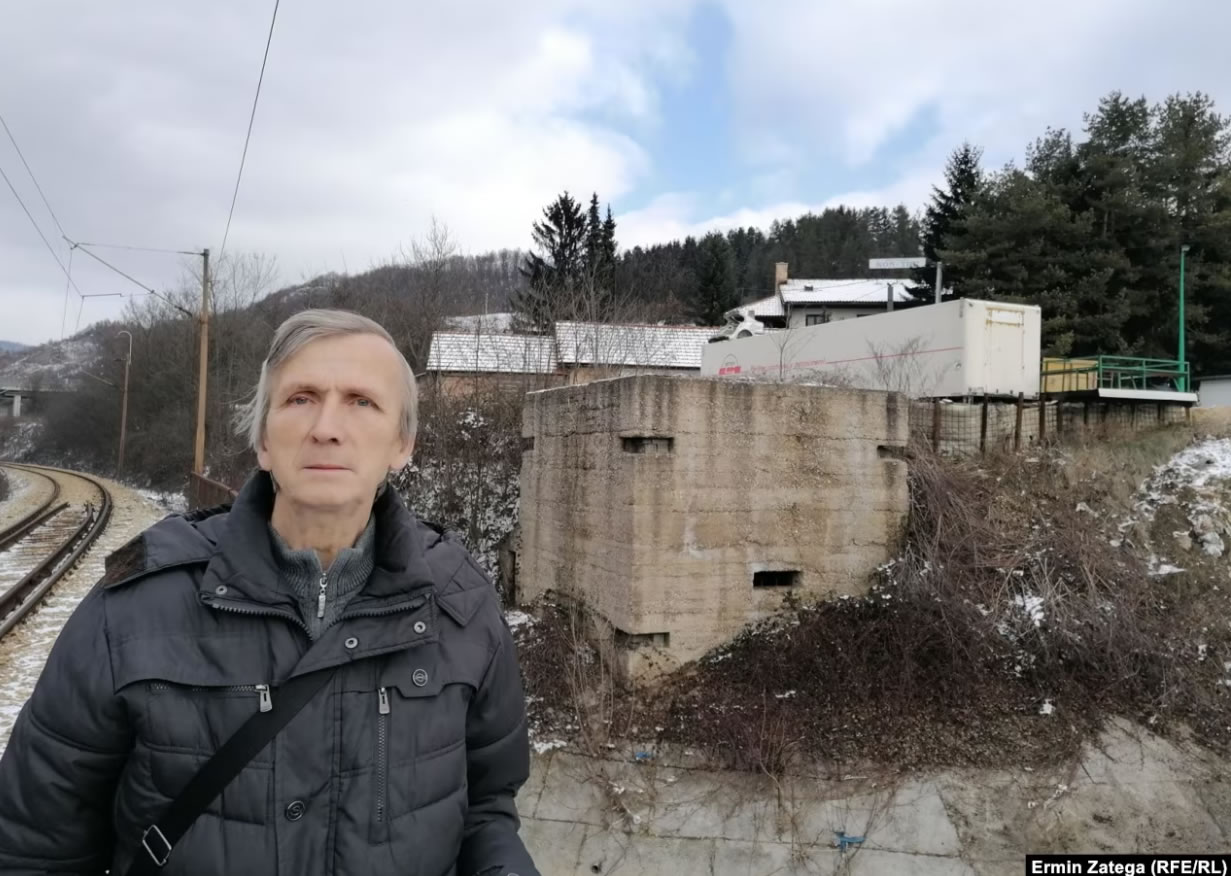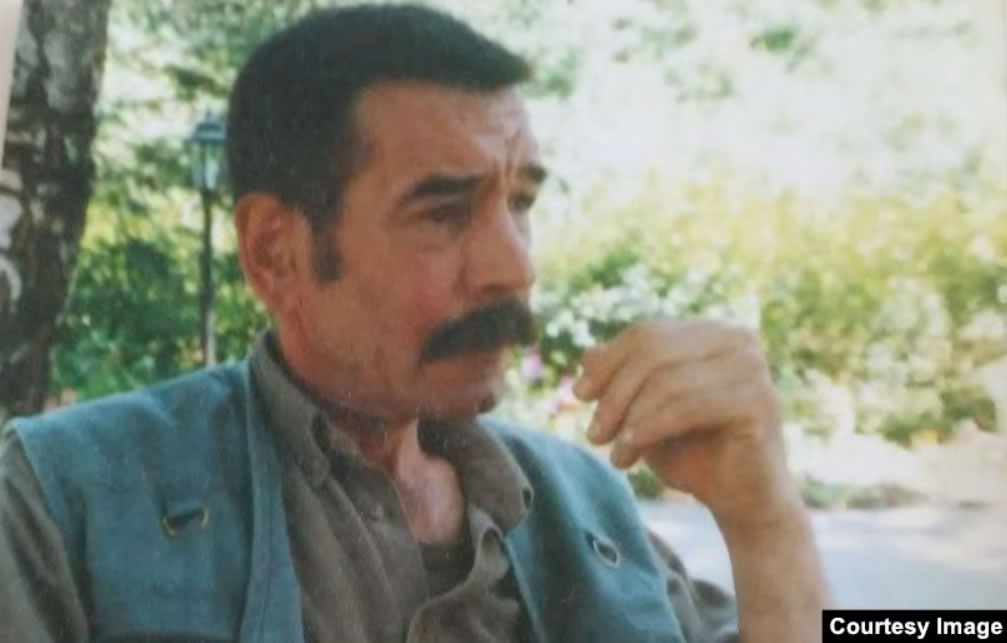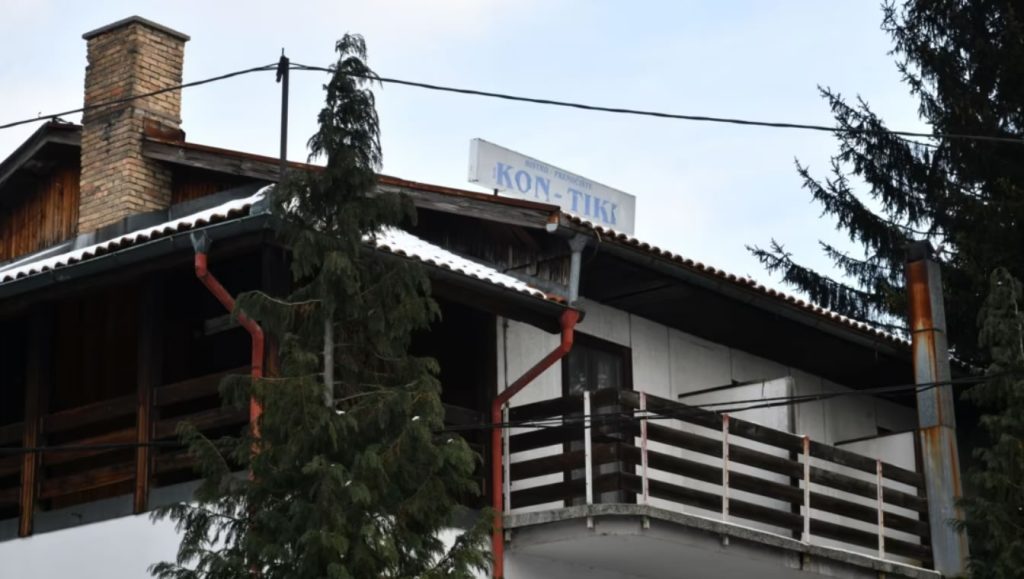The Kon-Tiki motel, a famous prewar gathering place for Sarajevo residents that was turned into a prison for Croatian and Bosniak civilians during the 1990s Bosnian War, is to be turned into a museum.
The unassuming motel, which had a restaurant and bar, is in the village of Vogosca, about 6 kilometers from Sarajevo. It was a place where unspeakable atrocities were committed by Bosnian Serb forces.
Numerous women and men were raped, tortured, and later killed. The Association of Prison Camp Survivors says that 297 victims have been exhumed from individual and mass graves.
Prisoners were interrogated and tortured in this windowless basement.
Behind the motel, along the railway tracks, lies the concrete bunker where Bosnian Serb forces imprisoned residents of Vogosca and surrounding villages. Not all the victims’ bodies have been found — 59 people are still missing.
“They were imprisoned here and then taken into the unknown. We don’t know what happened to them,” camp survivor Muracevic said.

Muracevic, who was imprisoned from May 4 until December 5, 1992, believes that more than 800 people went in and out of the dark, cement structure during that time.
“There were days when more than 80 of us were here, living in cramped conditions. They kept bringing people in and taking people away. One never knew whether he would survive another day,” Muracevic said.
Above the restaurant is a floor with six rooms where prisoners were starved, tortured, raped, and tear-gassed.
“They brought women and girls here and raped them,” said Suad Zijadic from the Sarajevo-based Memorial Fund.
Borislav Herak, a Bosnian Serb soldier, testified in court that many women and young girls who were raped at the motel were taken away and killed.
In 1993, a Bosnian court sentenced him to death for the killing of 35 civilians, three soldiers, and the rape of 14 women. The sentence was later reduced to 40 years, and then again to 20 years in prison. He served the sentence and was released in 2012.
Bosnian Serb forces seized the motel in early 1992 from its then-owner, Zeljko Beganovic, after soldiers caught him smuggling food, cigarettes, and blankets to prisoners in the bunker. Beganovic not only lost the family hotel but was also taken into captivity and beaten.

Before he died, Beganovic testified about events at the Kon-Tiki motel during a war crimes trial that started in 2016.
Jovan Tintor, a former adviser to Bosnian Serb leader Radovan Karadzic, was also given a prison term for crimes he committed at the Kon-Tiki.
A Bosnian court found that Tintor was a co-conspirator in illegal imprisonment, killing, and torture. He was sentenced to 10 years in prison for crimes committed in the motel and elsewhere during the 1992-95 Bosnian war.
Finding the missing has proven to be difficult. The bodies that have been found are frequently the result of camp survivors’ testimonies from when they were forced to bury victims.
The bodies of three victims were discovered along the banks of the nearby Bosnia River. They were most likely not the only ones who ended up in the river, says Ena Cekic, the president of the Association of Missing Persons’ Families in Vogosca.
Sarajevo authorities acquired the motel complex from the Beganovic family and plan to open a museum of the “suffering of the citizens of Bosnia-Herzegovina” as a memorial to the atrocities that took place there.
(https://www.rferl.org/)

